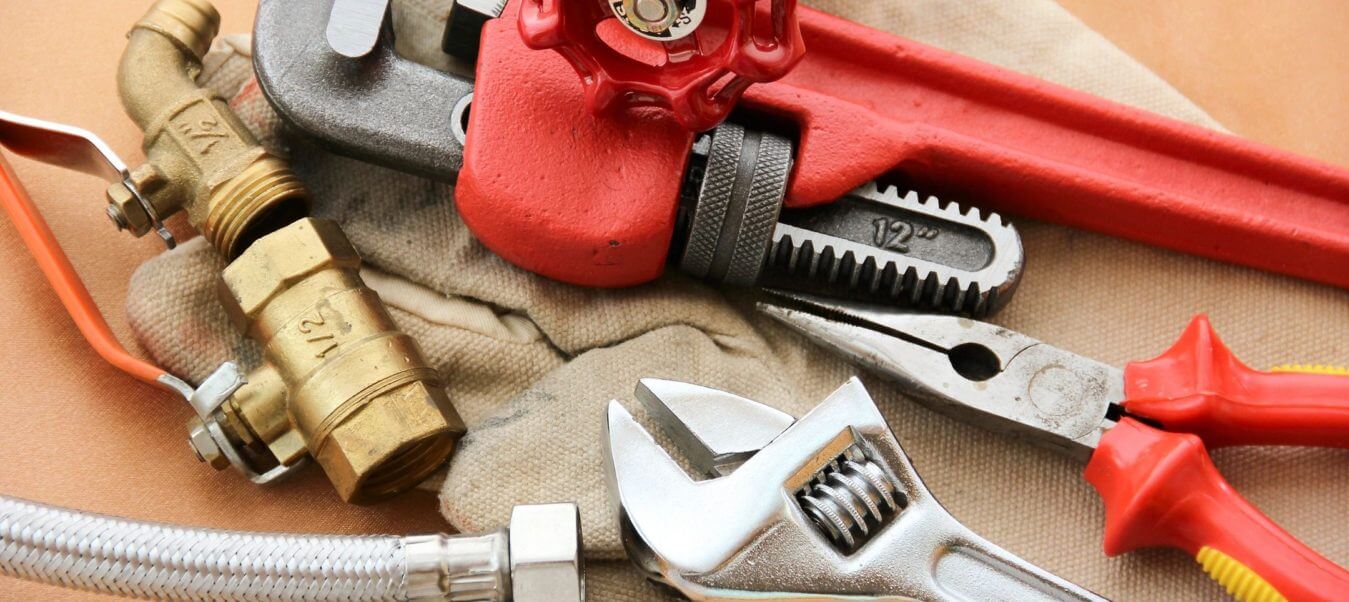Toilet Do’s and Don’ts
Toilets Don’t Last Forever!
Most people believe that you can always nurse a broken toilet back to life because it has very few parts. Not always true. Like every other fixture in your home, toilets have a life expectancy. How long a toilet lasts depends on many variables, such has how often it is used and how hard the water is. A sure sign that your toilet’s days are numbered is how uniform the flush is. Try this: Flush your toilet at home, and as the water starts to spin into a vortex check whether it is a tight spin. Also, pay close attention to the speed of the water before it leaves the bowl. Do you see a rocking motion? If you see a rocking motion or you are not getting a tight spin, you toilet may be on its last leg. Why is this? Under the rim of your toilet there are perforated holes approximately one inch apart. If one or more of these holes are clogged, this will hinder the tight vortex of the water. If you see a rocking motion at the end, this is also due to build-up. Unfortunately, the only way to remedy this is to replace the toilet. The good news is that most modern toilets are much more efficient, making them better on the environment and easier on your wallet.
The problem with toilets is that so many things can get flushed down them unintentionally, and maybe even intentionally. Be careful what you flush! With a wide mouth and relatively powerful drainage, it might be tempting. But to keep the drainage flowing, you have to be careful of clogging. Toilets are drains that go to your sewer or septic system. That means anything you flush needs to be able to mix safely with everything else that has been flushed or gone down the drains in your home.
What do you do and what don’t you do in terms of caring for your toilet? Here are some of our Do’s and Don’ts:
DO flush human waste and toilet paper down the toilet. A toilet can handle a reasonable amount of toilet paper.
DO retrieve objects that can clog or bust a pipe from the toilet before you flush.
DO throw the toilet bowl cleaning brush away as soon as the bristles wear down and metal is showing. Or use a plastic brush, which is less likely to scratch the bowl.
DO flush approved toilet bowl cleanser regularly to help reduce clogs.
DO keep your toilet clean and free of unwanted odors. There are many safe cleaners on the market.
DON’T use your toilet bowl as a universal garbage disposal. Too much toilet paper can clog the drain. In fact, don’t flush anything else other than human waste and toilet paper down the toilet. Keep cotton balls, facial tissues, hair accessories, toys, paper towels, cleaning wipes, bandages and band-aid wrappings, personal hygiene items, condoms, cigarette butts, plastic wrappings, cat litter, diapers, dental floss, and paper wrappings out of the toilet. These are just some of the things we have seen clog or bust a pipe.
DON’T flush reactive products and chemicals down the toilet. Any “nasties” like hazardous chemicals, paints, thinners, or oils need to be disposed of properly. These products can react with other products if they enter the sewer or septic system. Another concern is the corrosive property that can react with metal pipes. Additionally, paints and oils might seem like a liquid when fresh, but when they congeal they can coat and clog pipes.
DON’T use abrasive materials or cleansers when cleaning your toilet bowl. Once the bowl is scratched, it is impossible to keep clean, and you won’t be able to repair the scratches.
DON’T use the toilet as a ladder, or stand or sit on the toilet tank lid. It will crack if abused.
DON’T ever hit your toilet with a hammer to break a fitting. It will crack and make the problem unfixable.
